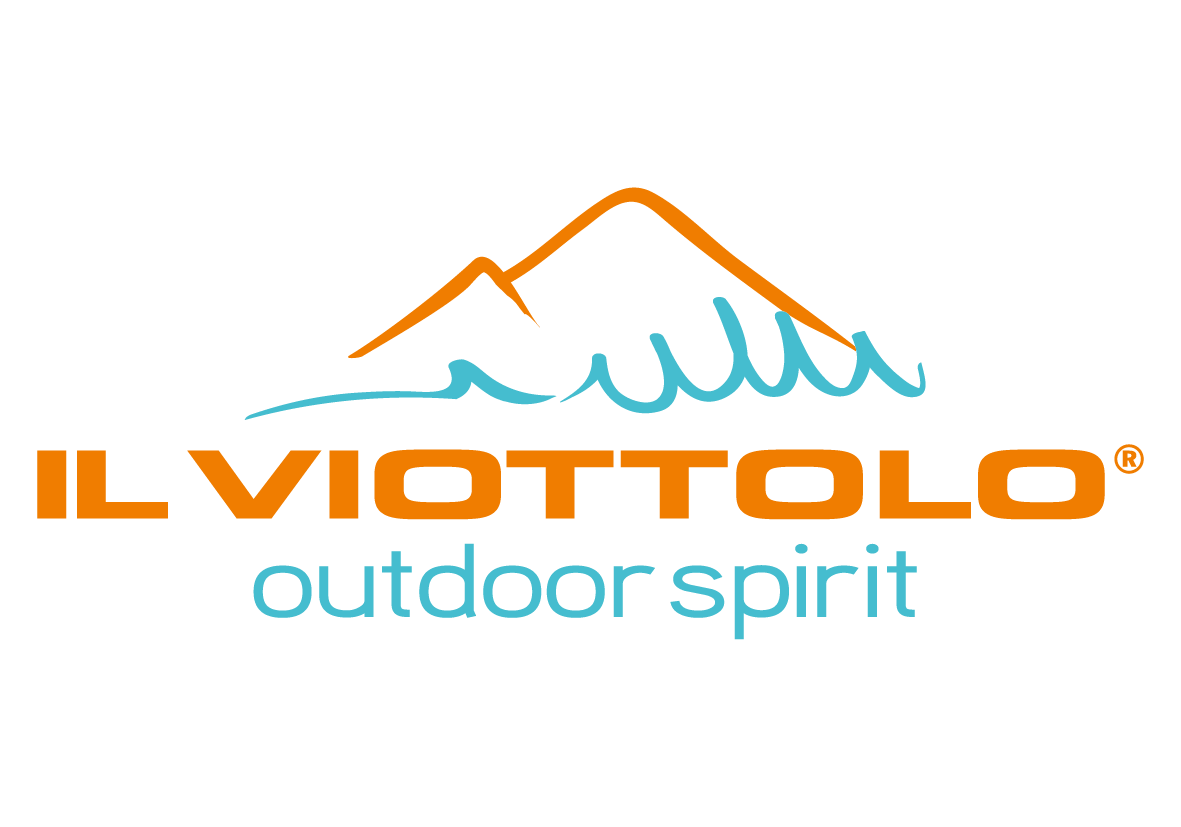Elba and Granite, from prehistory to the present day (western side)
Itinerary: San Piero – modern granite quarries – Moncione water mill – ancient Roman quarries -Pietra murata (archaeological site) -Piane al canale (ironmaking in the Middle Ages) -Roman Pieve di San Giovanni – San Piero.
Length: 9,8 Km
Travel time: 5 hours
Difficulty level: easy
Interest:, Historical, naturalistic, photographic
The departure of our trekking excursion is from the medieval village of San Piero in Campo, a historical village linked to the extraction and processing of granite; between the alleys and the streets we visit the particular Romanesque church of San Niccolò with two apses and two aisles incorporated in a fortress.
Near the church we find the MUM (Luigi Celleri mineralogical museum) that collects private and public collections of Elbaiti (Tormaline) discovered for the first time in the world on the island of Elba.
Once left the village of San Piero, we visit the modern granite quarries, then reach, along an easy path, the Moncione Water mill (366.m.a.s.l.). Further on we find the “ancient granite quarries”, which have been treaded on since Roman times; an archaeological site of extraordinary relevance, where over 80 imposing columns, some cut in half, other rough-hewn, and capital-shaped ones, all lying laid among bushes of the Mediterranean scrub.
We climb up to “Pietra Murata”, through an area inhabited since the prehistoric times, which still preserves today numerous Villanovan, Etruscan and medieval traces; the view from here is wonderful, ranging from Elba south coast to the southernmost islands of the Tuscan Archipelago.
While descending towards San Piero we find the ancient Romanesque Pieve di San Giovanni, built in the 12th century, like many other parishes it was not only a place of worship, as it served also as an administrative center where the chaplain collected taxes.
An easy trail among chestnut trees takes us then back to San Piero.
